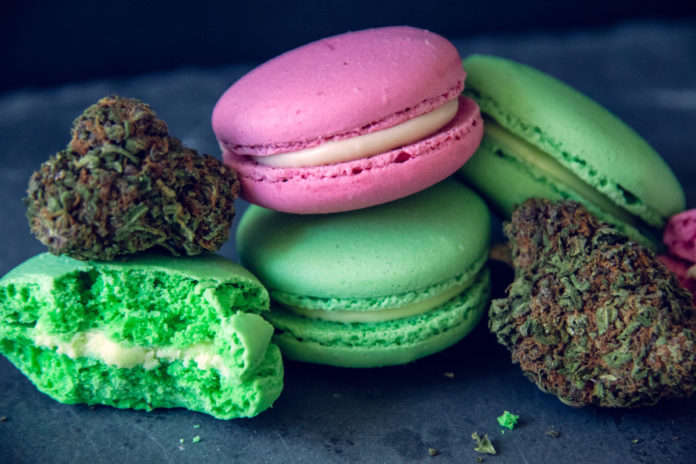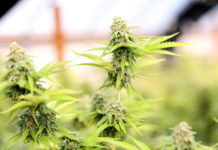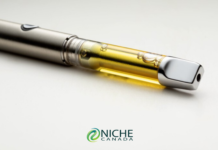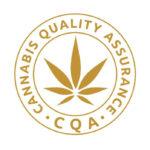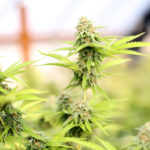Cannabis edibles and extracts have long been part of the unregulated market and, as promised, they will join flower and low-dose oils as part of the legal, regulated market in the next year.
Health Canada is currently considering how to address public health and safety concerns around these products, and has just completed a public consultation on their proposed regulations.
To a large extent, two important concepts could alter this discussion considerably: a standard dose of THC versus restrictions on the maximum of THC allowed per unit and per package.
The introduction of edible cannabis products into the legal market provides an occasion for both education and harm reduction.
Overconsumption and accidental ingestion of edible products are the leading causes of cannabis-related admissions to ER in legal jurisdictions.
While overconsumption can be extremely unpleasant, most ER outcomes have been observatory in nature and nominal, if any, intervention is required. Exceptions include individuals with cardiovascular or psychiatric conditions.
In regards to regulations for edibles, to address these concerns, Health Canada has proposed plain, child-resistant packaging; limiting the appeal to children; and restricting each edible product, and entire package, to 10mg of THC. But how much is 10mg of THC? What does this number represent to the average cannabis consumer?
READ ALSO: THC & Edibles: What is a Safe Standard Dose?
READ ALSO: New poll highlights rise in cannabis use, strong demand for edibles
With alcohol, we consider 12 fluid ounces of regular (five per cent alcohol) beer a standard drink. This “standard dose” guides people’s consumption and helps inform choices around using alcohol use.
To most, the proposed limit on THC will convey that 10mg is synonymous with a typical serving size or standard dose.
From an educational standpoint, and considering the widespread interest Canadians have expressed in trying these types of cannabis products when they are legally available, we need to carefully consider if this is sending the right message.
Colorado, the first jurisdiction in the United States to legalize cannabis, originally had very few restrictions on edibles’ THC content, and moved quickly to introduce restrictions around “one single serving of active THC” set at 10mg.
This likely guided Canadian policy makers in the creation of their proposed regulations; however, public health officials from Colorado are now reporting that this is too high to be considered, or confused with, a standard dose.
Drawing on our experience with cannabis public health research, as well as recommended dosing guidelines for medical cannabis patients, we propose that Canada set a standard dose for ingested cannabis at 2.5mg of THC.
Setting a low standard dose ensures Canadians can easily gauge strength: for example, understanding that 15mg of THC is equivalent to six standard doses — comparable to purchasing a six pack of beer.
The standard dose of edible THC should be comparable to effects of having one drink for most Canadians. With a clear standard dose set appropriately low, coupled with a rigorous education campaign, an individual package could actually contain more than 10mg, striking a balance between safeguarding Canadians and being able to compete with edible products currently available on the unregulated market which range from 1mg of THC to over 100mg.
READ ALSO: COLUMN: 2019 will be the age of cannabis edibles
READ ALSO: Proposed rules for cannabis edibles, extracts in Canada revealed
As policy progresses and science becomes more sophisticated, the standard dose could be revisited to take into consideration the entire cannabinoid profile and other chemical constituents, such as terpenes; research suggests the intoxicating effects of THC can be mitigated by CBD.
Finding ways to allow for less packaging, while addressing public health and safety concerns, could also serve to address the environmental imperative to reduce waste, which is becoming very important for cannabis consumers.
Additionally, of vital importance, higher-dose products must be allowed for the medical program now subsumed under this broader legislation. Patients should not have to swallow numerous capsules or cookies to get their required dose.
While some cannabis consumers who have built up a high tolerance could consume doses of 10mg or higher without negative consequences, many — even experienced cannabis consumers, and especially new users — could not. Good policy is created to safeguard the majority of Canadians.
We need to provide them with some guidance so they have pleasant, safe and informed experiences with these newly legal and regulated products.
By Jenna Valleriani (NICHE Canada CEO and Doctoral Fellow in Vancouver) and Rielle Capler (MHA, PhD and postdoctoral research fellow at the B.C. Centre on Substance Use).


